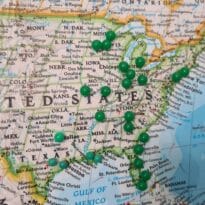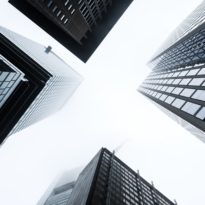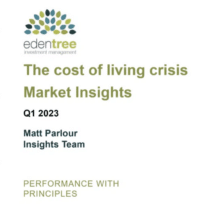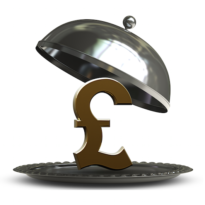The latest US Consumer Price Index showed headline inflation slowed in March at a faster than expected rate, but core inflation remains ‘stubbornly high’.
Annual inflation rose by 5% year-on-year in March, down from 6% in March and slightly below the 5.1% reading expected by economists. However, core inflation, which excludes food and energy costs, edged up slightly from 5.5% to 5.6% in March.
Nigel Green, CEO of deVere Group, said: “US headline inflation has slowed lower than expectations, but the core reading is outpacing it, suggesting that underlying inflation is coming down much more slowly.
“As such, we fully expect the Federal Open Market Committee – the branch of the Federal Reserve responsible for implementing monetary policy – will set a quarter point interest rate hike in May.”
Marcus Brooks, chief investment officer at Quilter Investors, said: “US inflation appears to be easing more than expected for the time being, suggesting that the Federal Reserve’s actions to combat inflation are having a positive impact without pushing the economy into recession. However, core inflation remains stubbornly high, keeping the possibility of further rate hikes on the table.
“With the fallout from the Silicon Valley Bank still unfolding, the lack of consensus among top Fed officials on whether another quarter-point rate rise is necessary, and inflation following the predicted trajectory, a 25 basis point rise in interest rates seems like the most probable outcome for the Fed at its upcoming meeting.”
Susannah Streeter, head of money and markets at Hargreaves Lansdown, also expects the Federal Reserve to raise rates next month.
Streeter explained: “Heat is not cooling off from all areas of the economy, with rents and used car prices hot spots last month, so it still seems highly likely there will be one more rate hike of 0.25% from the Fed next month. Nevertheless, the relief is palpable that inflation continues to head in the right direction, and expectations will rise that policymakers will put their fingers on the pause button in June.”
However, Green says that investors will remain concerned that there are “warning signs” of a looming recession in the form of an inverted US Treasury yield curve.
Green said: “The inversion of the yield curve has preceded most US recessions since 1950. Against this backdrop of cooling but still sticky-high inflation and fears of a recession, sectors that do well in a stagflationary environment are those that are likely to secure best returns for investors.”
Green said investors should look at commodities, consumer staples such as food and hygiene products, healthcare and utilities including gas, water and electricity, all of which are less affected by inflation and more resilient to economic slowdowns.


































